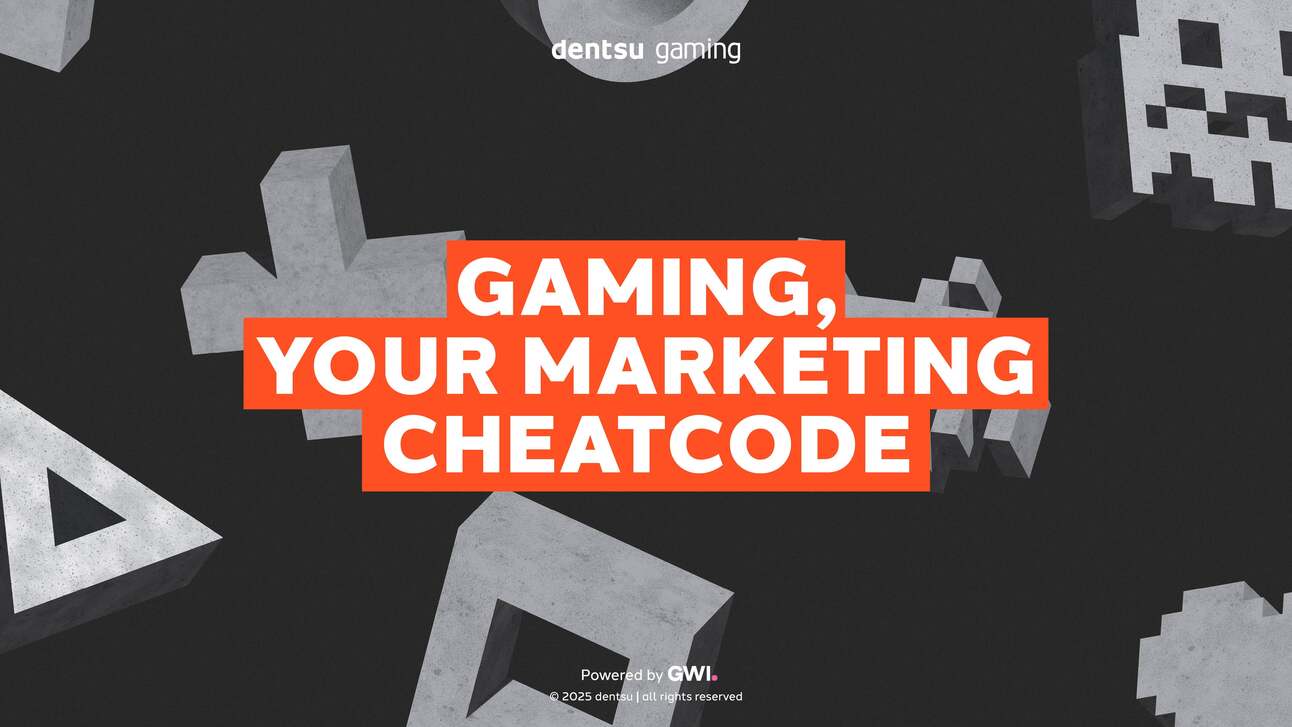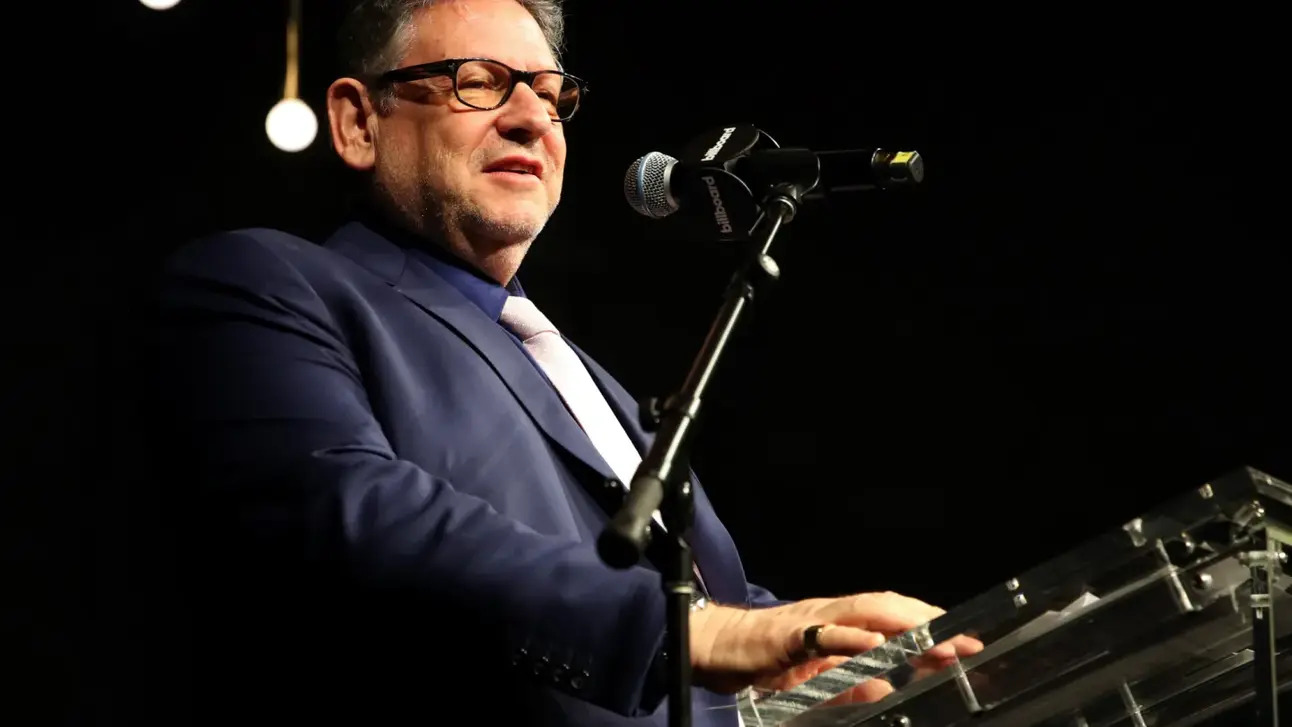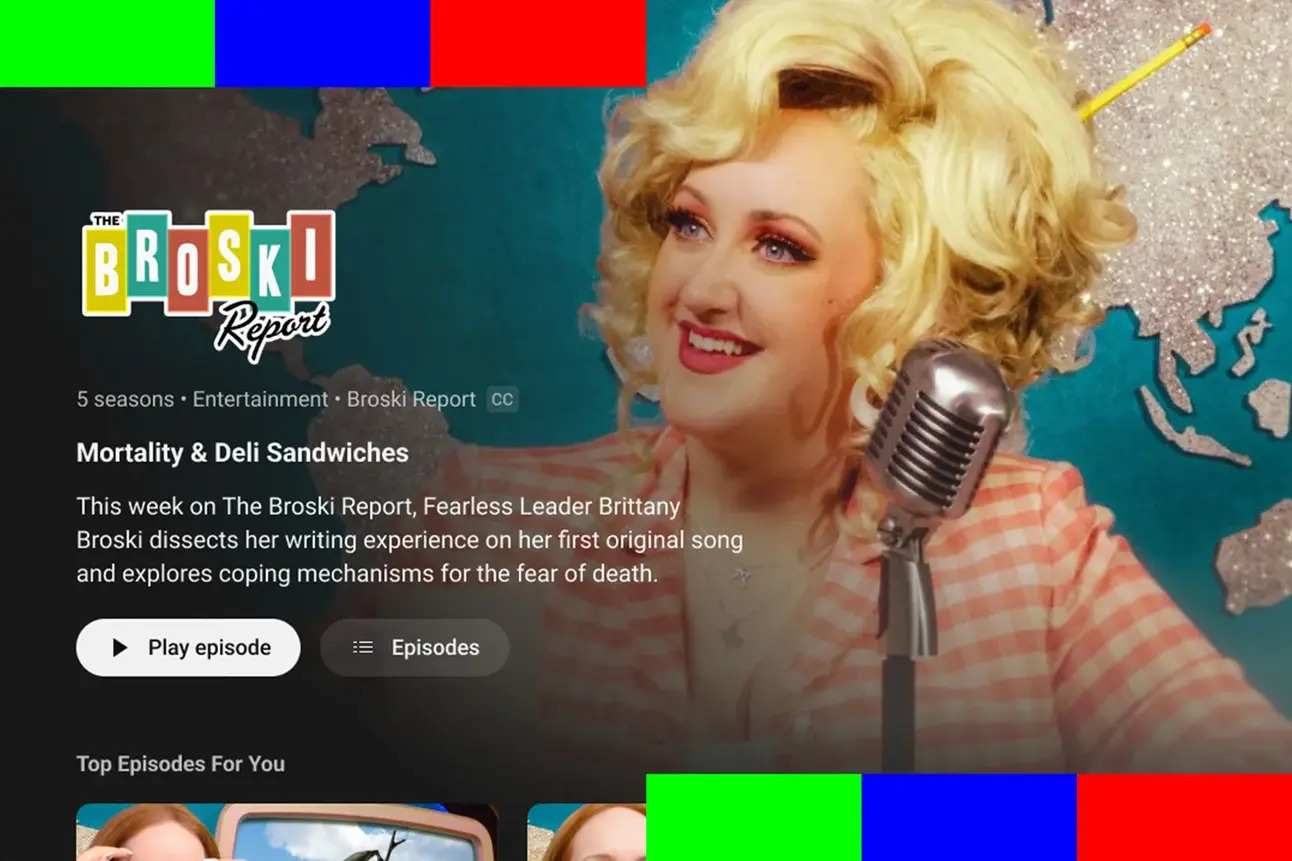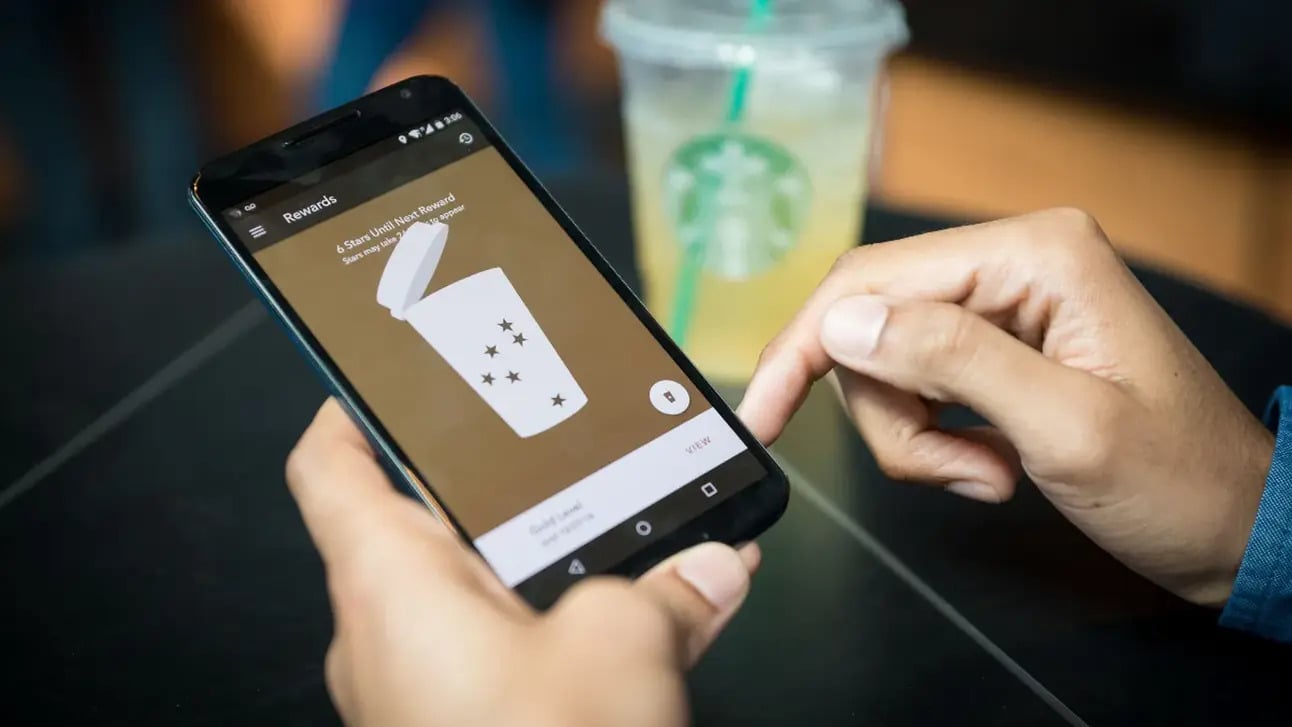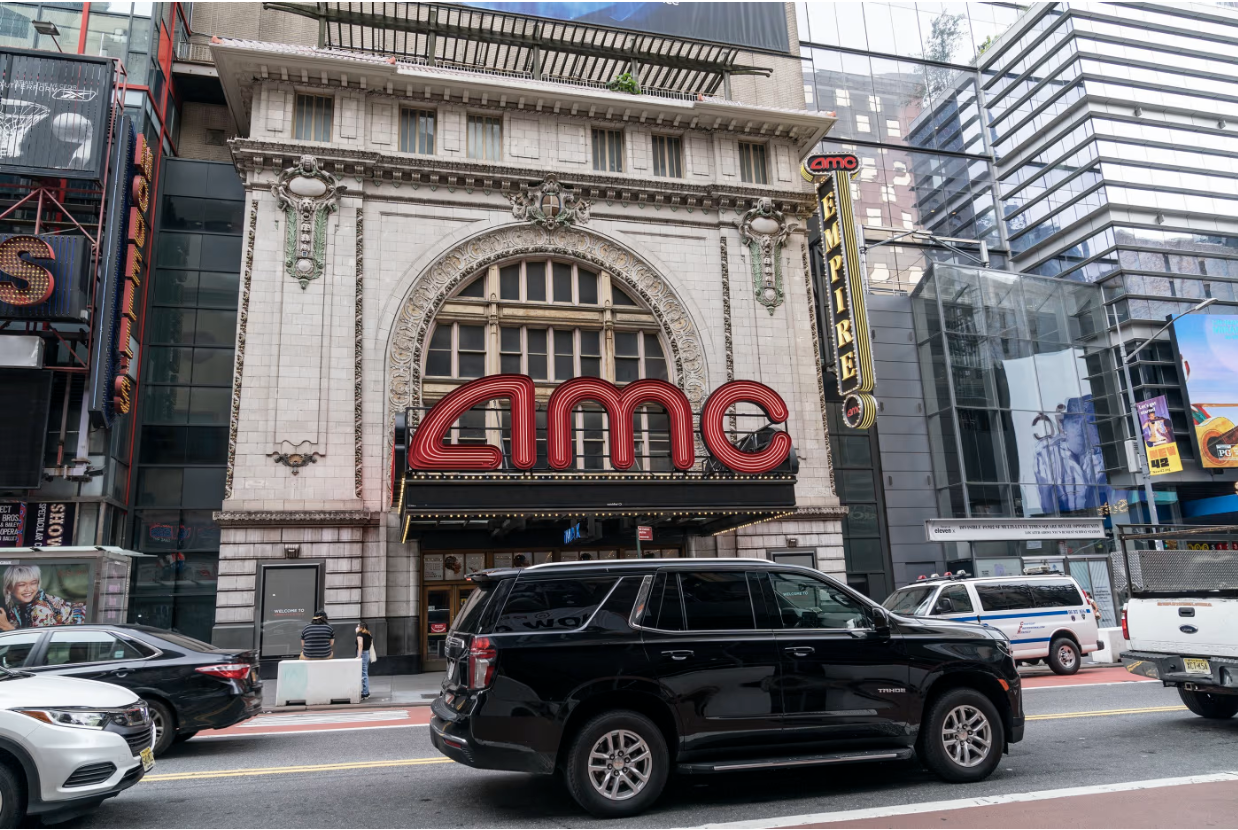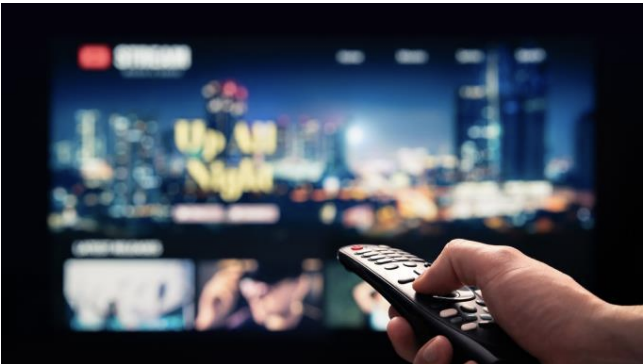- The 10 Things Newsletter
- Posts
- Netflix Explores Music Shows and Celebrity Interviews as Part of Live TV Push
Netflix Explores Music Shows and Celebrity Interviews as Part of Live TV Push
Plus: Pop Music Is in a Summer Slump—and Fans Can Feel It

Hey there—Ryan here in sunny LA ☀️. Here’s what I’m tracking today across entertainment, tech, and marketing:
Wikipedia’s editors are pushing back against AI-written entries, and it’s sparking a bigger question—who gets to “own” truth in the age of synthetic media? Meanwhile, music and movies are still losing billions to piracy, but courts can’t decide who’s on the hook: the streamers, the ISPs, or you. Over in the living room, YouTube’s stealth takeover of big screens is almost complete, while Netflix is quietly cooking up live shows with musicians and celebrities to reclaim cultural edge.
Gaming is having a weird moment: Rockstar’s GTA VI hype machine is humming, but the industry overall still sees less than 5% of global ad spend. Streaming’s scrambling too—AMC just settled a debt suit to stay afloat, and more Americans are ditching cable for FAST services like Pluto and Tubi. Meanwhile, brands are betting that AI can supercharge loyalty programs with personalization that actually works (finally).
Also—pop music feels… off. Even fans are noticing the lack of summer bangers. Blame TikTok fatigue, label risk aversion, or just bad vibes.
More below. 👇
Thanks for reading! Enjoyed this edition? Share it with a friend or colleague!
Was this forwarded to you? Sign up here to receive future editions directly in your inbox.
Support the Newsletter: If you’d like to support my work, consider contributing via Buy Me a Coffee.
Stay Connected: For more insights and updates, visit my website or follow me on LinkedIn, YouTube, and TikTok.
Work with Me: Interested in partnering with me on sponsored content, consulting/advising, or speaking and workshops? Get in touch here.
How was today's newsletter?Feedback helps me improve! |

